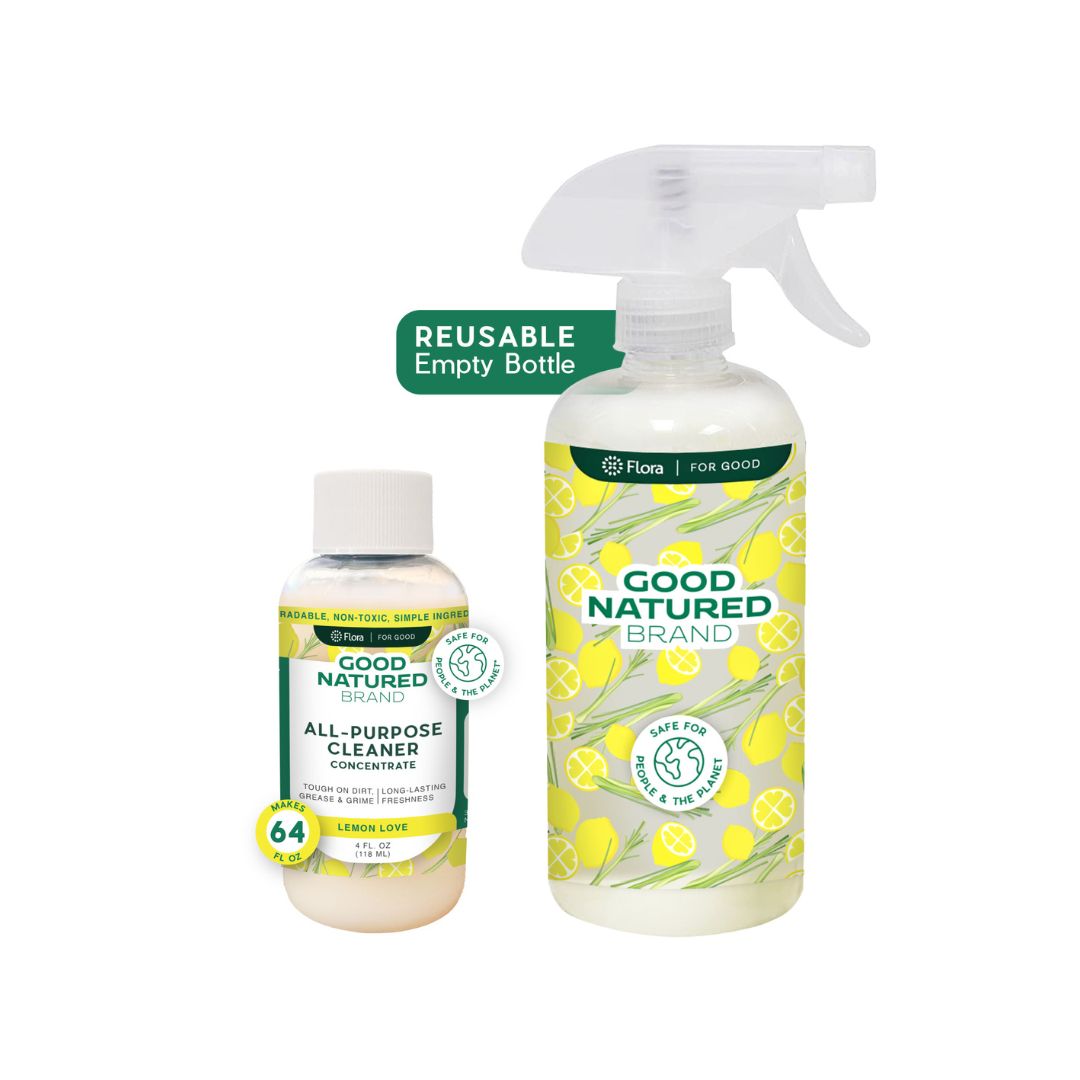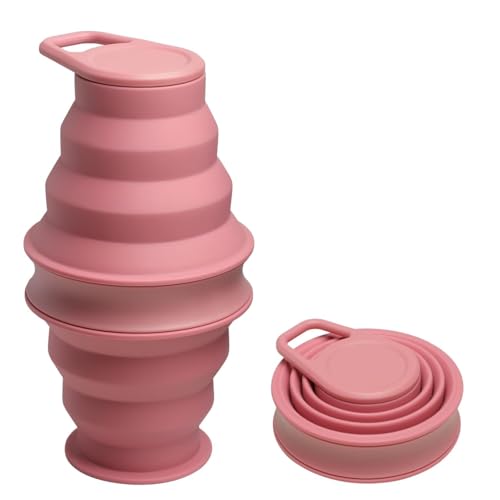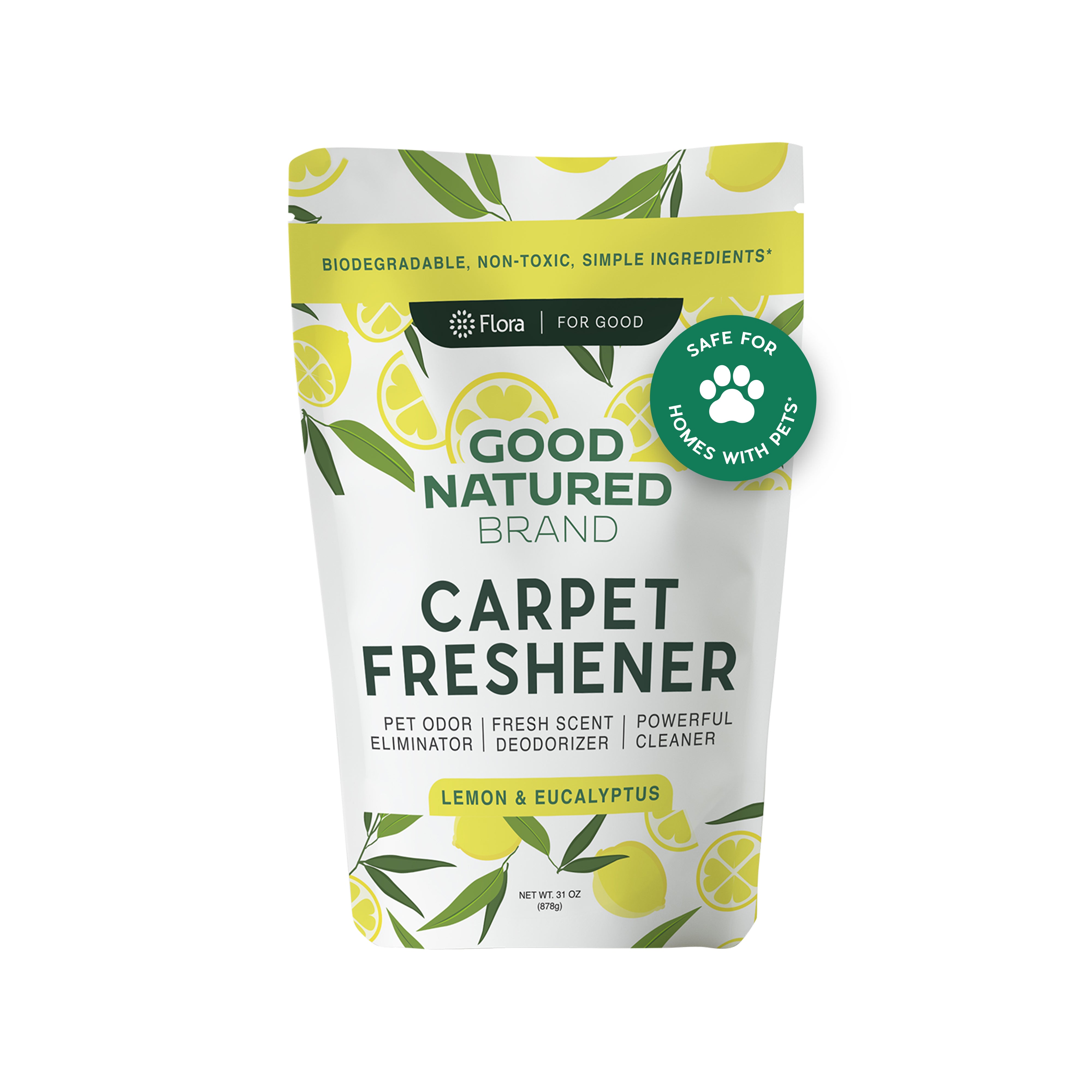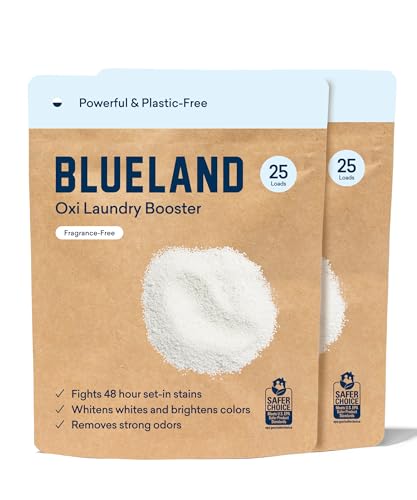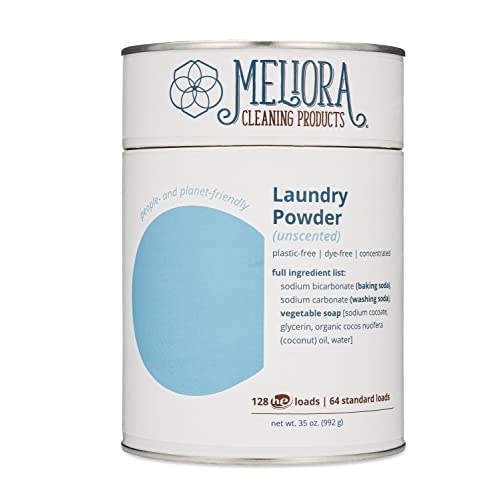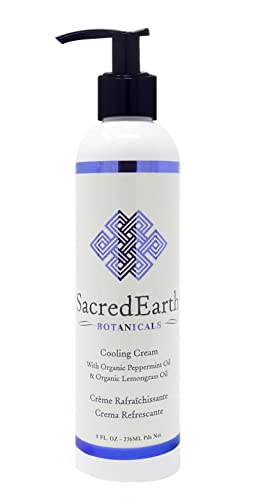
Cooling Cream Gel - Eases Aches with Organic Peppermint & Lemongrass, Water Dispersible - 8oz


Lavandula Angustifolia (Lavender)
High RiskLavandula angustifolia, commonly known as lavender, is an unspecified preparation derived from the lavender plant, primarily utilized for its aromatic properties in various cosmetic and personal care products. It is recognized for its potential role in fragrance formulation and may also possess mild soothing properties.
Sustai Insights
Lavender offers functional benefits as a fragrance ingredient and may have mild calming effects. However, it is associated with a high allergenic potential, posing risks of skin irritation or allergic reactions. Regulatory bodies do not impose significant restrictions, but the ingredient is not currently listed on skin sensitizers. Overall, the ingredient carries a high risk profile, particularly for individuals with sensitivities. Safe usage practices should be observed, with consideration for alternatives like synthetic fragrances that may reduce allergenic responses.
Phenoxyethanol
Medium RiskPhenoxyethanol is a preservative used in cosmetics and personal care products to prevent microbial growth and extend shelf life. It is commonly found in formulations such as lotions, creams, and serums.
Sustai Insights
Phenoxyethanol serves effectively as a preservative, ensuring product stability and safety by inhibiting microbial growth. It is considered to have low health risks regarding carcinogenicity, allergies, and reproductive toxicity. However, moderate use restrictions exist, and regulatory bodies have advised caution in specific applications. Environmental concerns include its potential as a pollutant, although it is not highly bioaccumulative. Overall, the ingredient presents a medium risk level, with safe usage practices recommended and alternative preservatives available for those seeking greener options.
Butter
Low RiskButter is a hydrous, semi-solid fat recovered from milk, commonly used in food products for its flavor, texture, and emulsification properties. It contains a mix of saturated and unsaturated fats and is often included in baking and cooking applications.
Sustai Insights
Butter offers functional benefits such as enhancing flavor and texture in culinary applications. It is not associated with significant health risks, with low concerns regarding carcinogenicity, allergies, and reproductive toxicity. Environmentally, it does not present notable hazards. Regulatory bodies do not impose restrictions on its use, indicating a low overall risk. Safe usage practices include moderation in dietary consumption, and while there are alternatives like plant-based fats, butter remains a widely accepted ingredient.
Mentha Piperita (Peppermint) Oil Extract
Low RiskMentha piperita (peppermint) oil extract is derived from the peppermint plant and is commonly used in various products for its aromatic and flavoring properties. It serves multiple functions, including acting as a fragrance agent and providing a cooling sensation in topical applications.
Sustai Insights
Mentha piperita oil offers functional benefits such as flavor enhancement and a refreshing aroma, while it is generally recognized as low risk for health concerns, including carcinogenicity and allergies. Environmentally, it does not contribute significantly to pollution or bioaccumulation. Regulatory bodies do not impose restrictions on its use. Safe usage practices include avoiding excessive exposure, particularly for sensitive individuals. Alternatives like spearmint oil may be considered, but overall, this ingredient is assessed as low risk.
Tocopherol, D Alpha
Low RiskTocopherol, specifically d-alpha tocopherol, is a naturally occurring form of Vitamin E. It is commonly used in cosmetic and personal care products primarily for its antioxidant properties, helping to protect formulations from oxidation and extend shelf life.
Sustai Insights
D-alpha tocopherol provides effective antioxidant benefits, contributing to product stability. It is sustainably sourced and generally regarded as safe, with low concerns regarding carcinogenicity, allergies, and reproductive toxicity. However, there are minor concerns about endocrine disruption. Regulatory bodies have not imposed significant restrictions, indicating low overall risk. Recommended usage practices include adhering to established safe concentration thresholds. Alternatives, such as other forms of Vitamin E or plant-based antioxidants, may also be considered.
Simmondsia Chinensis (Jojoba)
Low RiskSimmondsia chinensis, commonly known as jojoba, is an oil derived from the seeds of the jojoba plant. It is commonly used in cosmetic formulations for its moisturizing properties, acting as an emollient and skin conditioning agent.
Sustai Insights
Jojoba oil offers functional benefits such as effective skin moisturization and is biodegradable, with sustainable sourcing practices. Health risks are low, with minimal concerns regarding carcinogenicity, allergies, and reproductive toxicity. Environmental impact is negligible, with no pollutant or bioaccumulation potential. Regulatory status is favorable with no significant restrictions noted. Overall, it is assessed as low risk, and safe usage practices should be maintained. Alternatives include other plant-derived oils like argan or almond oil, which may provide similar benefits.
Arnica Montana (Arnica) Flower
Low RiskArnica montana, commonly known as arnica, is a flowering plant traditionally used in topical formulations for its potential anti-inflammatory and pain-relieving properties. It is often found in creams and ointments aimed at alleviating bruises, sprains, and muscle pain, functioning primarily as a natural remedy.
Sustai Insights
Arnica montana offers functional benefits as a natural anti-inflammatory agent, making it popular in topical products for pain relief. It is considered to have low health risk concerns associated with carcinogenicity, allergies, and reproductive toxicity. Environmentally, it is not noted for contributing to pollution or bioaccumulation. Regulatory bodies do not impose significant restrictions on its use, contributing to an overall low-risk profile. For safe usage, it is recommended for external application only, avoiding broken skin. Alternatives may include synthetic anti-inflammatories or other herbal remedies, ensuring a balanced approach to pain management.
Helianthus Annuus (Sunflower) Seed
Low RiskHelianthus annuus (sunflower) seed is derived from the seeds of the sunflower plant and is commonly used in various cosmetic and personal care products. It serves primarily as an emollient and skin conditioning agent, providing moisture and enhancing the texture of formulations.
Sustai Insights
Helianthus annuus (sunflower) seed offers functional benefits, including skin conditioning and moisturizing properties, while being sustainably sourced and biodegradable. Health risks are minimal, with low concerns for carcinogenicity, allergies, and reproductive toxicity. Environmentally, it presents low risks of pollution or bioaccumulation. Regulatory assessments indicate no current restrictions. Overall, it is considered a low-risk ingredient, and safe usage practices should be maintained. Alternative ingredients may include other plant-based oils, but the sunflower seed oil remains a viable option.
Borago Officinalis (Borage) Seed Oil
Low RiskBorago officinalis (borage) seed oil is an oil derived from the seeds of the borage plant, known for its high content of gamma-linolenic acid (GLA). It is commonly used in cosmetic formulations for its moisturizing properties and potential to improve skin barrier function.
Sustai Insights
Borage seed oil is valued for its moisturizing benefits and is considered sustainably sourced. It has a low risk of causing health issues, including carcinogenicity, allergies, or reproductive toxicity. Environmental risks appear minimal, with no significant concerns related to bioaccumulation or pollution. Regulatory bodies do not impose significant restrictions on its use. Overall, the ingredient is assessed as low risk, making it a suitable option in cosmetic products.
Cetyl Alcohol
Low RiskCetyl alcohol is a long-chain organic alcohol commonly used in cosmetic formulations. It serves as an emollient, emulsifier, and thickening agent, enhancing the texture and stability of products. Cetyl alcohol is derived from natural sources, such as coconut or palm oil, and is often included in creams, lotions, and hair conditioners.
Sustai Insights
Cetyl alcohol offers functional benefits as an emollient and emulsifier, improving product texture and stability. It is biodegradable and sourced from renewable materials, contributing to sustainability. Health risks are minimal, with low concerns for carcinogenicity, allergies, or reproductive toxicity. Environmental impact is also low, with no significant pollutant or bioaccumulation potential. Regulatory bodies have not placed restrictions on its use, indicating a favorable safety profile. Overall, cetyl alcohol is assessed as low risk, and safe usage practices include ensuring proper formulation concentrations.
Panthenol, D
Low RiskPanthenol, also known as provitamin B5, is a humectant commonly used in cosmetic and personal care products. It functions primarily as a moisturizer, enhancing skin hydration and improving the appearance of hair by imparting shine and softness.
Sustai Insights
Panthenol is effective in retaining moisture, thus providing functional benefits for skin and hair care products. It is generally recognized as safe, with low concerns regarding carcinogenicity, allergies, and developmental toxicity. However, potential cumulative exposure from multiple sources exists. Environmental risks are minimal, and it is not bioaccumulative. Regulatory bodies have not issued significant warnings; therefore, the overall risk level is assessed as low. For optimal use, it is recommended to follow product guidelines, and alternatives such as glycerin may also be considered for moisturizing effects.
Cocoa
Low RiskCocoa is derived from the beans of the cacao tree (Theobroma cacao) and is primarily used for its flavor and antioxidant properties in various products, including food and cosmetics. It functions as an emollient and provides a rich, chocolate scent.
Sustai Insights
Cocoa offers functional benefits such as antioxidant properties and moisturizing effects in cosmetic applications. It is generally considered safe, showing low concerns for carcinogenicity, allergies, and reproductive toxicity. While cocoa is not known to contribute significantly to environmental pollution, its cultivation can impact biodiversity. Regulatory bodies do not impose significant restrictions on cocoa. Overall, the ingredient is assessed to have a low risk profile, making it a suitable choice in formulations.
Camellia Sinensis (Green Tea)
Low RiskCamellia sinensis, commonly known as green tea, is derived from the leaves of the Camellia sinensis plant. It is widely used in various products for its antioxidant properties and potential health benefits. Green tea is often included in skincare and dietary supplements for its perceived ability to promote skin health and overall well-being.
Sustai Insights
Green tea provides functional benefits as an antioxidant, potentially enhancing skin health and offering protective effects against oxidative stress. It is generally regarded as safe, with low risks for carcinogenicity, allergies, and reproductive toxicity. However, environmental impact assessments indicate minimal pollutant potential, and it is not bioaccumulative. Regulatory status shows no current restrictions. Overall, the risk level is low, and safe usage is recommended with no significant concerns noted. Alternatives include other herbal extracts with similar properties.
Allantoin
Low RiskAllantoin is a naturally occurring nitrogenous compound found in various plants and animals. It is commonly used in cosmetic formulations for its soothing and moisturizing properties, as well as its ability to promote skin cell turnover and healing.
Sustai Insights
Allantoin offers functional benefits such as skin soothing, hydration, and promoting cell regeneration. It is generally recognized as safe, with low concerns regarding carcinogenicity, allergies, and reproductive toxicity. Environmentally, it poses minimal risks, being biodegradable and sustainably sourced. Regulatory bodies do not impose significant restrictions on its use. Overall, the risk level associated with allantoin is low, making it a favorable ingredient in personal care products.
Stearic Acid
Low RiskStearic acid is a naturally occurring fatty acid commonly found in animal and vegetable fats. It functions primarily as an emulsifier, thickener, and stabilizer in cosmetic and personal care products, providing texture and consistency.
Sustai Insights
Stearic acid offers functional benefits such as effective emulsification and stabilization of formulations. It is derived from renewable sources and is biodegradable, contributing to its sustainability profile. Health risks are low, with minimal concerns regarding carcinogenicity, allergies, or reproductive toxicity. Environmental risks are also low, with no significant pollutants or bioaccumulation concerns noted. Regulatory bodies, including the FDA, do not impose restrictions on its use. Overall, stearic acid is assessed as low risk, and its safe usage practices are well-established, with no significant alternatives needed.
Theobroma Cacao (Cocoa) Seed Butter
Low RiskTheobroma cacao (cocoa) seed butter is extracted from the roasted seeds of the cocoa plant. It is commonly used in cosmetics and skincare products for its emollient properties, helping to moisturize and soften the skin. Cocoa butter is also known for its stability and resistance to rancidity.
Sustai Insights
Cocoa butter is recognized for its effective moisturizing properties and is sustainably sourced, contributing to its appeal in personal care products. It poses low health risks, with minimal concerns regarding carcinogenicity, allergies, or reproductive toxicity. Environmentally, it does not significantly contribute to pollution or bioaccumulation. Regulatory bodies impose few restrictions, affirming its safety. Overall, the risk associated with cocoa seed butter is low, making it a favorable ingredient in cosmetics. Alternatives include shea butter or plant oils for similar emollient benefits.
Carbomer
Low RiskCarbomer is a large polymeric chemical compound primarily used as a thickening agent in various cosmetic and personal care products. It enhances the texture and stability of formulations, making it effective in creams, gels, and lotions.
Sustai Insights
Carbomer serves as an effective thickening agent, improving product texture and stability. It is considered low-risk concerning health concerns such as carcinogenicity, allergenicity, and reproductive toxicity. While irritation may occur with skin or eye contact, the overall health and environmental risks are minimal. Regulatory bodies have not placed significant restrictions on carbomer, supporting its safety for use in formulations. Safe usage practices should be followed to minimize irritation potential. Alternatives like xanthan gum or guar gum may provide similar benefits with a natural profile. Overall, the ingredient is assessed as low risk.
Cocos Nucifera (Coconut) Oil
Low RiskCocos Nucifera (Coconut) Oil is derived from the kernels of the coconut palm. It is primarily used in cosmetic formulations for its emollient and moisturizing properties, making it suitable for skin and hair care products.
Sustai Insights
Coconut oil serves as an effective moisturizer and emollient, promoting skin hydration and softness. It is sustainably sourced and biodegradable. Health risks are minimal, with low concerns regarding carcinogenicity, allergens, and reproductive toxicity. Environmental impact is also low, as it does not contribute significantly to pollution or bioaccumulation. Regulatory bodies have not issued restrictions on its use. Overall, coconut oil presents a low risk for health and environmental concerns, making it a safe ingredient in cosmetic products.
Butter
Low RiskButter is a hydrous, semi-solid fat recovered from milk, commonly used in food products for its flavor, texture, and emulsification properties. It contains a mix of saturated and unsaturated fats and is often included in baking and cooking applications.
Sustai Insights
Butter offers functional benefits such as enhancing flavor and texture in culinary applications. It is not associated with significant health risks, with low concerns regarding carcinogenicity, allergies, and reproductive toxicity. Environmentally, it does not present notable hazards. Regulatory bodies do not impose restrictions on its use, indicating a low overall risk. Safe usage practices include moderation in dietary consumption, and while there are alternatives like plant-based fats, butter remains a widely accepted ingredient.
Phenoxyethanol
Medium RiskPhenoxyethanol is a preservative used in cosmetics and personal care products to prevent microbial growth and extend shelf life. It is commonly found in formulations such as lotions, creams, and serums.
Sustai Insights
Phenoxyethanol serves effectively as a preservative, ensuring product stability and safety by inhibiting microbial growth. It is considered to have low health risks regarding carcinogenicity, allergies, and reproductive toxicity. However, moderate use restrictions exist, and regulatory bodies have advised caution in specific applications. Environmental concerns include its potential as a pollutant, although it is not highly bioaccumulative. Overall, the ingredient presents a medium risk level, with safe usage practices recommended and alternative preservatives available for those seeking greener options.
Mentha Piperita (Peppermint) Oil Extract
Low RiskMentha piperita (peppermint) oil extract is derived from the peppermint plant and is commonly used in various products for its aromatic and flavoring properties. It serves multiple functions, including acting as a fragrance agent and providing a cooling sensation in topical applications.
Sustai Insights
Mentha piperita oil offers functional benefits such as flavor enhancement and a refreshing aroma, while it is generally recognized as low risk for health concerns, including carcinogenicity and allergies. Environmentally, it does not contribute significantly to pollution or bioaccumulation. Regulatory bodies do not impose restrictions on its use. Safe usage practices include avoiding excessive exposure, particularly for sensitive individuals. Alternatives like spearmint oil may be considered, but overall, this ingredient is assessed as low risk.
Tocopherol, D Alpha
Low RiskTocopherol, specifically d-alpha tocopherol, is a naturally occurring form of Vitamin E. It is commonly used in cosmetic and personal care products primarily for its antioxidant properties, helping to protect formulations from oxidation and extend shelf life.
Sustai Insights
D-alpha tocopherol provides effective antioxidant benefits, contributing to product stability. It is sustainably sourced and generally regarded as safe, with low concerns regarding carcinogenicity, allergies, and reproductive toxicity. However, there are minor concerns about endocrine disruption. Regulatory bodies have not imposed significant restrictions, indicating low overall risk. Recommended usage practices include adhering to established safe concentration thresholds. Alternatives, such as other forms of Vitamin E or plant-based antioxidants, may also be considered.
Simmondsia Chinensis (Jojoba)
Low RiskSimmondsia chinensis, commonly known as jojoba, is an oil derived from the seeds of the jojoba plant. It is commonly used in cosmetic formulations for its moisturizing properties, acting as an emollient and skin conditioning agent.
Sustai Insights
Jojoba oil offers functional benefits such as effective skin moisturization and is biodegradable, with sustainable sourcing practices. Health risks are low, with minimal concerns regarding carcinogenicity, allergies, and reproductive toxicity. Environmental impact is negligible, with no pollutant or bioaccumulation potential. Regulatory status is favorable with no significant restrictions noted. Overall, it is assessed as low risk, and safe usage practices should be maintained. Alternatives include other plant-derived oils like argan or almond oil, which may provide similar benefits.
Arnica Montana (Arnica) Flower
Low RiskArnica montana, commonly known as arnica, is a flowering plant traditionally used in topical formulations for its potential anti-inflammatory and pain-relieving properties. It is often found in creams and ointments aimed at alleviating bruises, sprains, and muscle pain, functioning primarily as a natural remedy.
Sustai Insights
Arnica montana offers functional benefits as a natural anti-inflammatory agent, making it popular in topical products for pain relief. It is considered to have low health risk concerns associated with carcinogenicity, allergies, and reproductive toxicity. Environmentally, it is not noted for contributing to pollution or bioaccumulation. Regulatory bodies do not impose significant restrictions on its use, contributing to an overall low-risk profile. For safe usage, it is recommended for external application only, avoiding broken skin. Alternatives may include synthetic anti-inflammatories or other herbal remedies, ensuring a balanced approach to pain management.
Helianthus Annuus (Sunflower) Seed
Low RiskHelianthus annuus (sunflower) seed is derived from the seeds of the sunflower plant and is commonly used in various cosmetic and personal care products. It serves primarily as an emollient and skin conditioning agent, providing moisture and enhancing the texture of formulations.
Sustai Insights
Helianthus annuus (sunflower) seed offers functional benefits, including skin conditioning and moisturizing properties, while being sustainably sourced and biodegradable. Health risks are minimal, with low concerns for carcinogenicity, allergies, and reproductive toxicity. Environmentally, it presents low risks of pollution or bioaccumulation. Regulatory assessments indicate no current restrictions. Overall, it is considered a low-risk ingredient, and safe usage practices should be maintained. Alternative ingredients may include other plant-based oils, but the sunflower seed oil remains a viable option.
Borago Officinalis (Borage) Seed Oil
Low RiskBorago officinalis (borage) seed oil is an oil derived from the seeds of the borage plant, known for its high content of gamma-linolenic acid (GLA). It is commonly used in cosmetic formulations for its moisturizing properties and potential to improve skin barrier function.
Sustai Insights
Borage seed oil is valued for its moisturizing benefits and is considered sustainably sourced. It has a low risk of causing health issues, including carcinogenicity, allergies, or reproductive toxicity. Environmental risks appear minimal, with no significant concerns related to bioaccumulation or pollution. Regulatory bodies do not impose significant restrictions on its use. Overall, the ingredient is assessed as low risk, making it a suitable option in cosmetic products.
Cetyl Alcohol
Low RiskCetyl alcohol is a long-chain organic alcohol commonly used in cosmetic formulations. It serves as an emollient, emulsifier, and thickening agent, enhancing the texture and stability of products. Cetyl alcohol is derived from natural sources, such as coconut or palm oil, and is often included in creams, lotions, and hair conditioners.
Sustai Insights
Cetyl alcohol offers functional benefits as an emollient and emulsifier, improving product texture and stability. It is biodegradable and sourced from renewable materials, contributing to sustainability. Health risks are minimal, with low concerns for carcinogenicity, allergies, or reproductive toxicity. Environmental impact is also low, with no significant pollutant or bioaccumulation potential. Regulatory bodies have not placed restrictions on its use, indicating a favorable safety profile. Overall, cetyl alcohol is assessed as low risk, and safe usage practices include ensuring proper formulation concentrations.
Panthenol, D
Low RiskPanthenol, also known as provitamin B5, is a humectant commonly used in cosmetic and personal care products. It functions primarily as a moisturizer, enhancing skin hydration and improving the appearance of hair by imparting shine and softness.
Sustai Insights
Panthenol is effective in retaining moisture, thus providing functional benefits for skin and hair care products. It is generally recognized as safe, with low concerns regarding carcinogenicity, allergies, and developmental toxicity. However, potential cumulative exposure from multiple sources exists. Environmental risks are minimal, and it is not bioaccumulative. Regulatory bodies have not issued significant warnings; therefore, the overall risk level is assessed as low. For optimal use, it is recommended to follow product guidelines, and alternatives such as glycerin may also be considered for moisturizing effects.
Cocoa
Low RiskCocoa is derived from the beans of the cacao tree (Theobroma cacao) and is primarily used for its flavor and antioxidant properties in various products, including food and cosmetics. It functions as an emollient and provides a rich, chocolate scent.
Sustai Insights
Cocoa offers functional benefits such as antioxidant properties and moisturizing effects in cosmetic applications. It is generally considered safe, showing low concerns for carcinogenicity, allergies, and reproductive toxicity. While cocoa is not known to contribute significantly to environmental pollution, its cultivation can impact biodiversity. Regulatory bodies do not impose significant restrictions on cocoa. Overall, the ingredient is assessed to have a low risk profile, making it a suitable choice in formulations.
Lavandula Angustifolia (Lavender)
High RiskLavandula angustifolia, commonly known as lavender, is an unspecified preparation derived from the lavender plant, primarily utilized for its aromatic properties in various cosmetic and personal care products. It is recognized for its potential role in fragrance formulation and may also possess mild soothing properties.
Sustai Insights
Lavender offers functional benefits as a fragrance ingredient and may have mild calming effects. However, it is associated with a high allergenic potential, posing risks of skin irritation or allergic reactions. Regulatory bodies do not impose significant restrictions, but the ingredient is not currently listed on skin sensitizers. Overall, the ingredient carries a high risk profile, particularly for individuals with sensitivities. Safe usage practices should be observed, with consideration for alternatives like synthetic fragrances that may reduce allergenic responses.
Camellia Sinensis (Green Tea)
Low RiskCamellia sinensis, commonly known as green tea, is derived from the leaves of the Camellia sinensis plant. It is widely used in various products for its antioxidant properties and potential health benefits. Green tea is often included in skincare and dietary supplements for its perceived ability to promote skin health and overall well-being.
Sustai Insights
Green tea provides functional benefits as an antioxidant, potentially enhancing skin health and offering protective effects against oxidative stress. It is generally regarded as safe, with low risks for carcinogenicity, allergies, and reproductive toxicity. However, environmental impact assessments indicate minimal pollutant potential, and it is not bioaccumulative. Regulatory status shows no current restrictions. Overall, the risk level is low, and safe usage is recommended with no significant concerns noted. Alternatives include other herbal extracts with similar properties.
Allantoin
Low RiskAllantoin is a naturally occurring nitrogenous compound found in various plants and animals. It is commonly used in cosmetic formulations for its soothing and moisturizing properties, as well as its ability to promote skin cell turnover and healing.
Sustai Insights
Allantoin offers functional benefits such as skin soothing, hydration, and promoting cell regeneration. It is generally recognized as safe, with low concerns regarding carcinogenicity, allergies, and reproductive toxicity. Environmentally, it poses minimal risks, being biodegradable and sustainably sourced. Regulatory bodies do not impose significant restrictions on its use. Overall, the risk level associated with allantoin is low, making it a favorable ingredient in personal care products.
Stearic Acid
Low RiskStearic acid is a naturally occurring fatty acid commonly found in animal and vegetable fats. It functions primarily as an emulsifier, thickener, and stabilizer in cosmetic and personal care products, providing texture and consistency.
Sustai Insights
Stearic acid offers functional benefits such as effective emulsification and stabilization of formulations. It is derived from renewable sources and is biodegradable, contributing to its sustainability profile. Health risks are low, with minimal concerns regarding carcinogenicity, allergies, or reproductive toxicity. Environmental risks are also low, with no significant pollutants or bioaccumulation concerns noted. Regulatory bodies, including the FDA, do not impose restrictions on its use. Overall, stearic acid is assessed as low risk, and its safe usage practices are well-established, with no significant alternatives needed.
Theobroma Cacao (Cocoa) Seed Butter
Low RiskTheobroma cacao (cocoa) seed butter is extracted from the roasted seeds of the cocoa plant. It is commonly used in cosmetics and skincare products for its emollient properties, helping to moisturize and soften the skin. Cocoa butter is also known for its stability and resistance to rancidity.
Sustai Insights
Cocoa butter is recognized for its effective moisturizing properties and is sustainably sourced, contributing to its appeal in personal care products. It poses low health risks, with minimal concerns regarding carcinogenicity, allergies, or reproductive toxicity. Environmentally, it does not significantly contribute to pollution or bioaccumulation. Regulatory bodies impose few restrictions, affirming its safety. Overall, the risk associated with cocoa seed butter is low, making it a favorable ingredient in cosmetics. Alternatives include shea butter or plant oils for similar emollient benefits.
Carbomer
Low RiskCarbomer is a large polymeric chemical compound primarily used as a thickening agent in various cosmetic and personal care products. It enhances the texture and stability of formulations, making it effective in creams, gels, and lotions.
Sustai Insights
Carbomer serves as an effective thickening agent, improving product texture and stability. It is considered low-risk concerning health concerns such as carcinogenicity, allergenicity, and reproductive toxicity. While irritation may occur with skin or eye contact, the overall health and environmental risks are minimal. Regulatory bodies have not placed significant restrictions on carbomer, supporting its safety for use in formulations. Safe usage practices should be followed to minimize irritation potential. Alternatives like xanthan gum or guar gum may provide similar benefits with a natural profile. Overall, the ingredient is assessed as low risk.
Cocos Nucifera (Coconut) Oil
Low RiskCocos Nucifera (Coconut) Oil is derived from the kernels of the coconut palm. It is primarily used in cosmetic formulations for its emollient and moisturizing properties, making it suitable for skin and hair care products.
Sustai Insights
Coconut oil serves as an effective moisturizer and emollient, promoting skin hydration and softness. It is sustainably sourced and biodegradable. Health risks are minimal, with low concerns regarding carcinogenicity, allergens, and reproductive toxicity. Environmental impact is also low, as it does not contribute significantly to pollution or bioaccumulation. Regulatory bodies have not issued restrictions on its use. Overall, coconut oil presents a low risk for health and environmental concerns, making it a safe ingredient in cosmetic products.
Experience soothing relief with our Cooling Cream (8oz), designed to ease aches while providing an invigorating cooling sensation. Perfect for massage treatments, this gel is water-dispersible and nut oil-free, making it a versatile addition to any personal care routine.
- Cooling Sensation: Infused with organic peppermint essential oil, this cream delivers a refreshing coolness, perfect for soothing sore muscles.
- Circulation Boost: Organic lemongrass essential oil promotes better circulation, enhancing the overall massage experience.
- Cruelty-Free Commitment: This cream contains no animal products and is not tested on animals, aligning with ethical consumer values.
- Organic Ingredients: Formulated with USDA organic oils and extracts, supporting sustainable farming practices that avoid synthetic pesticides and GMOs.
- Easy Cleanup: Its water-dispersible formulation ensures hassle-free washing out of linens, making it ideal for professional use.
Choose Cooling Cream for a guilt-free, effective solution to comfort and relaxation.
Subscribe & Save with Sustai
- Best Price Guarantee: Always enjoy the lowest prices on sustainable home essentials.
- No Surprises: We’ll notify you before shipping. No hidden fees, ever.
- You’re in Charge: Change, pause, or cancel your subscription anytime with ease.
- Eco-Friendly Deliveries: Our grouped shipments mean less packaging and lower emissions.
Join us on a sustainable journey. Special offers for a limited time! Prices and promotions may change.
Recommended Products
Experience soothing relief with our Cooling Cream (8oz), designed to ease aches while providing an invigorating cooling sensation. Perfect for massage treatments, this gel is water-dispersible and nut oil-free, making it a versatile addition to any personal care routine.
- Cooling Sensation: Infused with organic peppermint essential oil, this cream delivers a refreshing coolness, perfect for soothing sore muscles.
- Circulation Boost: Organic lemongrass essential oil promotes better circulation, enhancing the overall massage experience.
- Cruelty-Free Commitment: This cream contains no animal products and is not tested on animals, aligning with ethical consumer values.
- Organic Ingredients: Formulated with USDA organic oils and extracts, supporting sustainable farming practices that avoid synthetic pesticides and GMOs.
- Easy Cleanup: Its water-dispersible formulation ensures hassle-free washing out of linens, making it ideal for professional use.
Choose Cooling Cream for a guilt-free, effective solution to comfort and relaxation.

You can have at most 2 Sustainable Steals products in your cart
Customer Reviews
Customers’ View
Customers appreciate the refreshing qualities and eco-friendly nature of the Cooling Cream. Many highlight its pleasant, subtle mint scent, which is favorable for those sensitive to stronger fragrances. Users note that the water-dispersible formula makes it easy to clean, aligning with their health-conscious values. One reviewer specifically commended the absence of propylene glycol, making it suitable for individuals with skin sensitivities. While some found the cooling effect to be less intense than expected, overall, the product is well-received for its natural ingredients and cruelty-free formulation. This underscores its alignment with sustainable living, as many customers value products that support environmentally friendly practices.
AI-generated from the text of customer reviewsThis product is rated 5.0 of 5.0 stars.
It has received 1 review.
